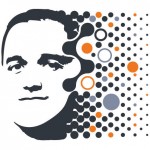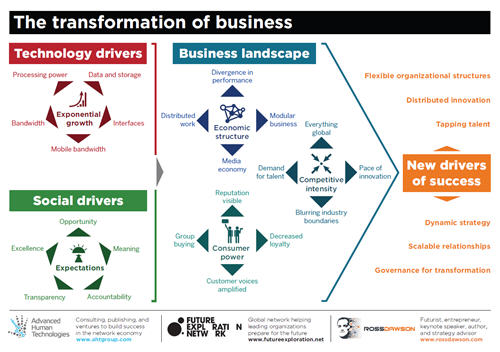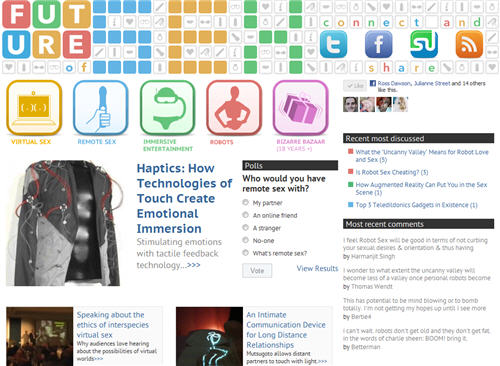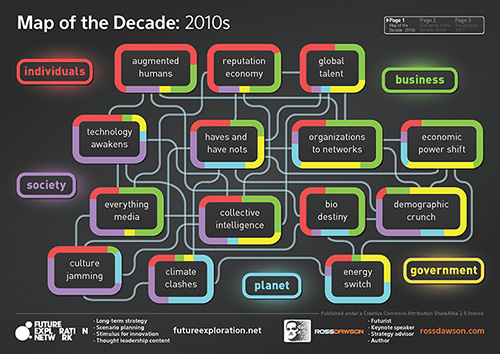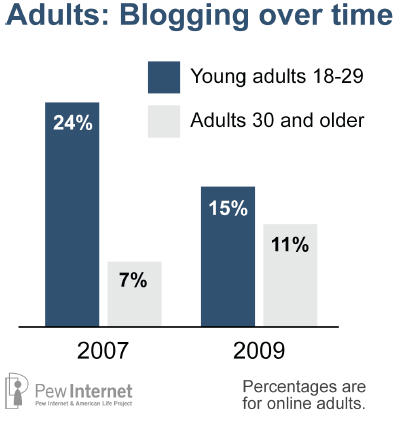I wrote up some brief notes from the Gallery of Modern Art’s recent panel discussion on the future of the 21st century.
Radio National’s Future Tense program subsequently broadcast the discussion and provided a full transcript for those who would like to see more of the content.
One of the many interesting topics of discussion was dealing with information overload. This is an issue that often comes up as a futurist, as people wonder how you keep across everything that’s happening. I’ll write in more detail on this later, but for now here is the transcript from the panel (somewhat mangled from the original) including comments from myself and Tim Longhurst. Some of the key points were:
* The new generation of web tools are enabling us to collaborate to filter massive information overload
* Creating visual frameworks can be a powerful way of making sense of information
* The role of futurists is pattern recognition
* Selective filtering to reinforce our biases is not new
* Most of us will experience more diverse views than before the web
Antony Funnell: Ross Dawson, I’ve given up looking at the technology section in The Age and The Sydney Morning Herald because I just can’t keep pace with it – there just seems to be so much change going on. As a futurist, I just wonder how difficult it is to actually keep ahead of all that, to be involved in trying to forecast trends for business or organisations and be on the money, not feel like you’ve suddenly fallen behind the curve.
Read more →

